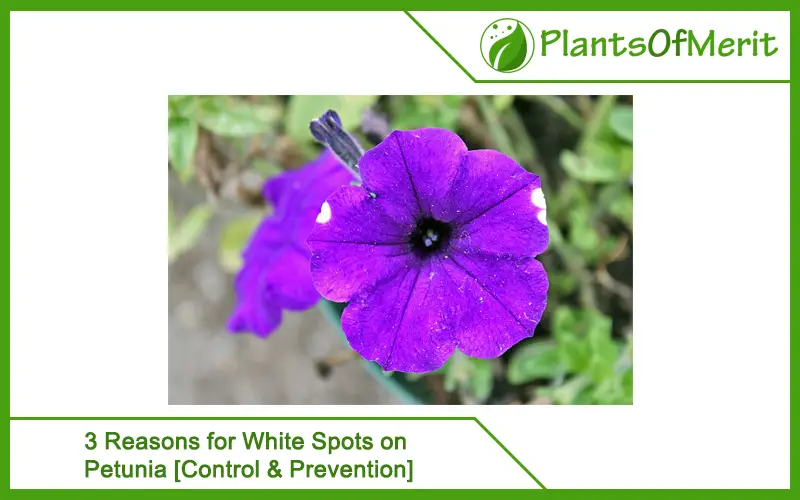Petunia is a species of flowering plant belonging to the nightshade family. These plants were originally grown in South America. It is a flowering plant and that’s the reason why people often use it for decorative purposes. It can be planted in both indoor and outdoor spaces. You can either grow it directly in the soil or a tub. This plant is often used for ornate uses as it can give a fresh look to your garden and home.
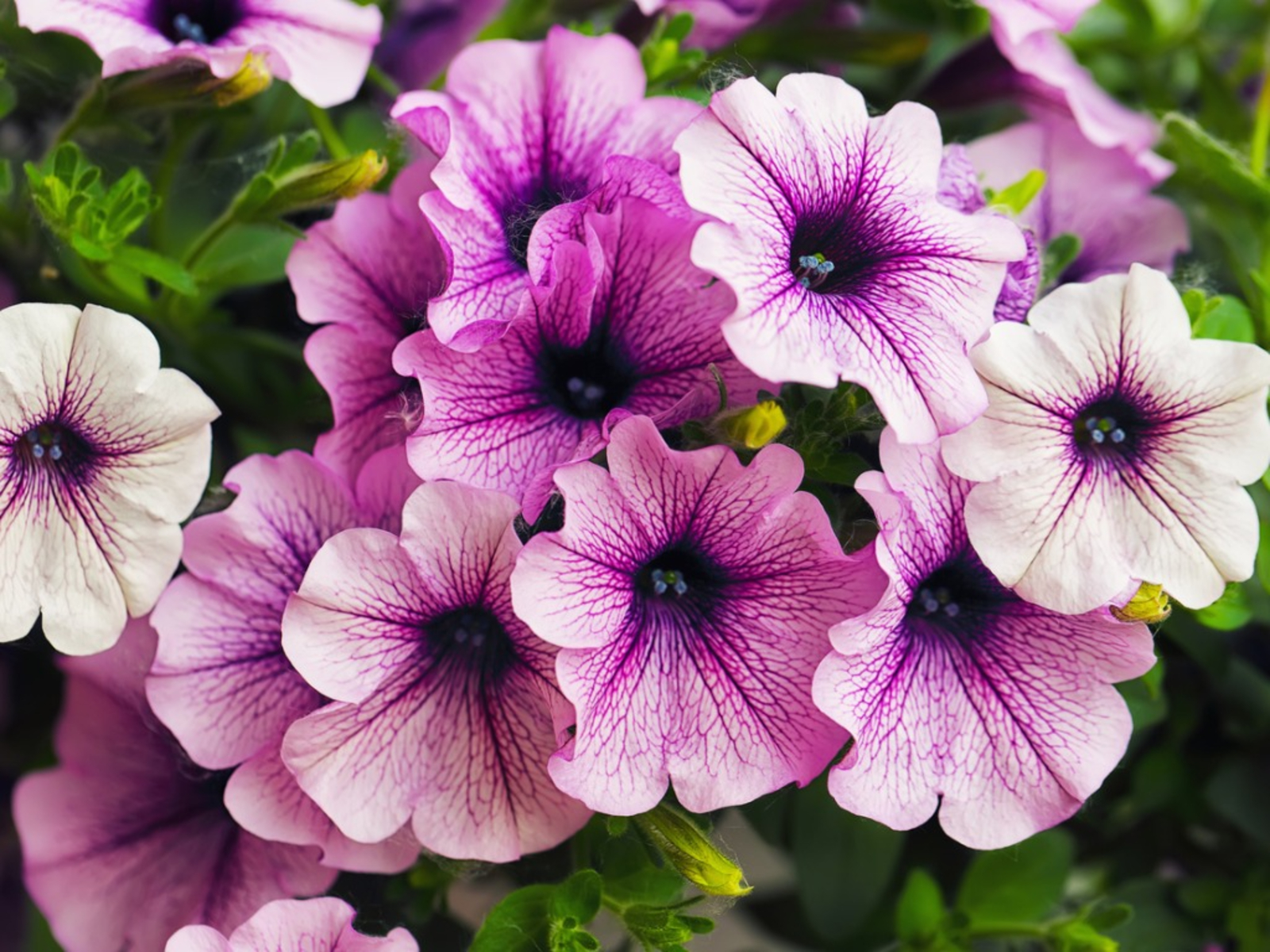
However, the plant will produce healthy flowers only if it is taken care of properly and is in good health. There are several symptoms by which you can understand that the plant is in poor health and white spots are one of them. If you can see white spots appearing on the petunia plants, take the right action immediately.
Is Petunia pest free?
Petunia is pest free as compared to other plants. But there are times when problems can be seen and one of the most common problems people face with Petunia is the appearance of white spots. Be it on foliage, flowers, or both, white spots can be seen very often. These white spots are quite mysterious as their causes are often unknown to the gardeners. Fertilizer burn is a common cause of these white spots.
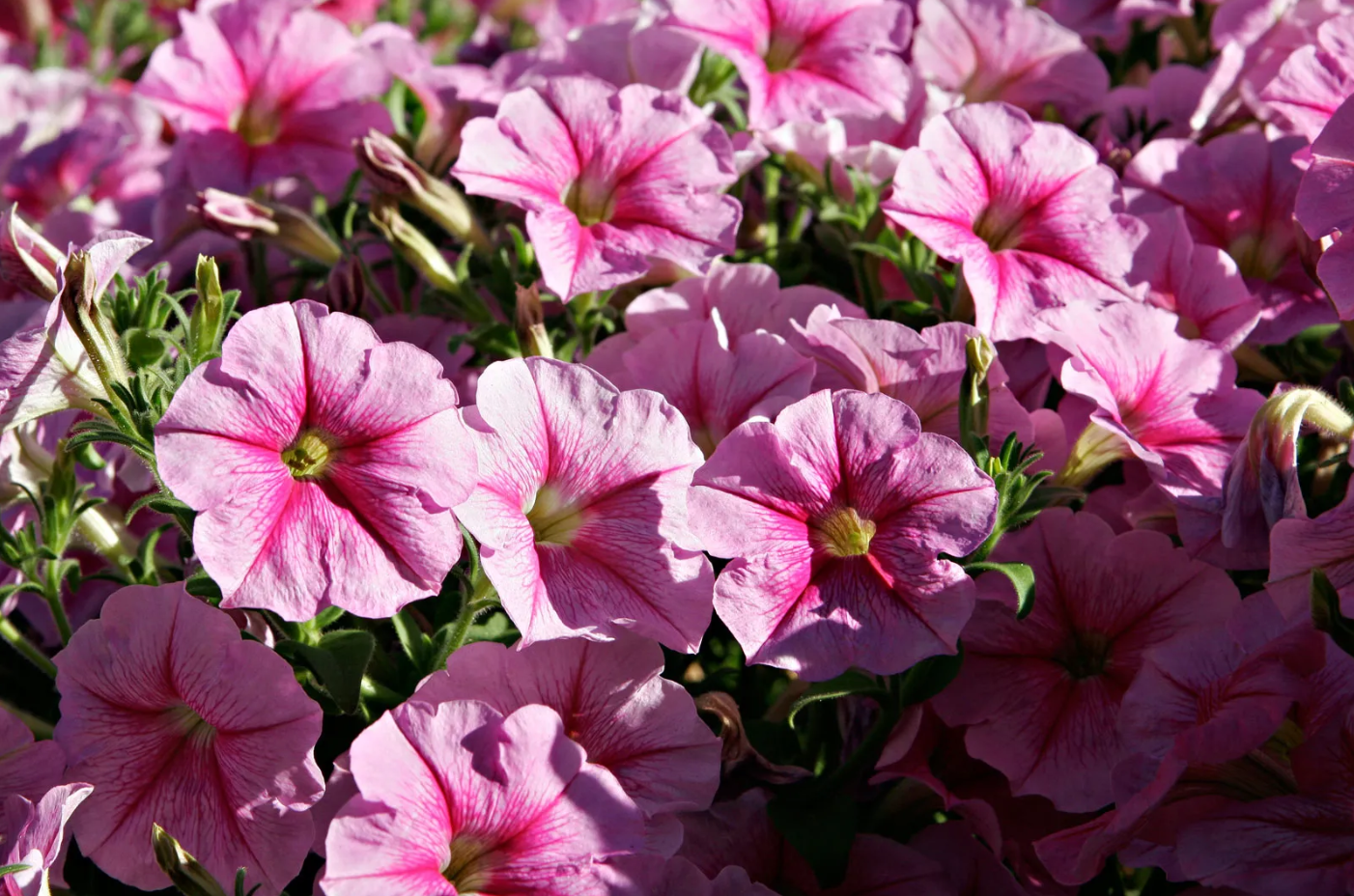
If you are someone who enjoys gardening and have petunia plant, you must know the reasons behind these white spots. This post will further guide you about the common causes of white spots on petunia plants and their respective solutions.
Why is Petunia showing white spots?
Are you noticing white spots on your Petunia? You must have wondered what the reasons for these white spots are. As an answer to this, you must know that there are several reasons for white spots to develop on Petunia.
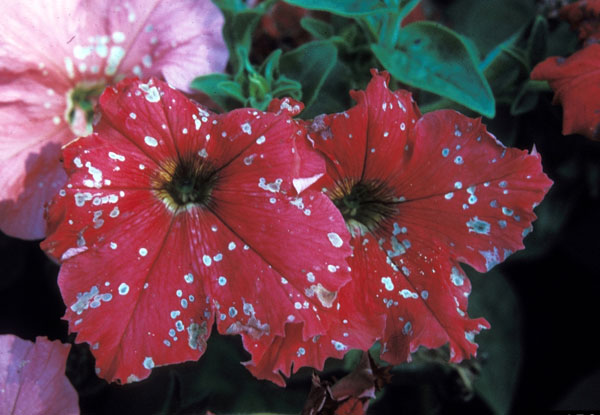
Rather, various infectious diseases can lead to white spots on Petunia. Apart from this, there are many other reasons which can be responsible for these white spots. Here are some of them:
1. Botrytis Blight Infection
Botrytis is a commonly found fungal infection that attacks several flowering and ornate plants including Petunia. The good thing is that if botrytis is the reason for white spots developing on your petunia plant, you can start a treatment to get rid of it. Gradually, these spots will become grey and powdery which will destroy your petunia flowers.
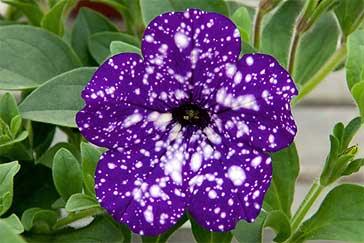
This infection can easily transmit to the rest of the plants in your garden and grows in humid, wet conditions. The flowers of a Petunia plant start dropping off when they are dead, and flowers spent on healthy foliage are one of the many causes.
Control and prevention
Focus on the topmost part of the petunias. Deadhead them and clean up the dead material. Remove all infected plants. Whenever you find spots on any part of the plant, make sure to remove and destroy the entire infected part.
If not removed properly, the infection will spread to healthy areas of the plant creating severe damage to the whole plant. Start by checking the upper part of the petunia plant. You can use plant cutters to remove the infected part.
2. Powdery Mildew Disease
Powdery mildew leads to powdery white spots which become fluffy. They can be seen on every part of the petunia including leaves, stems, and flowers, starting from the lower leaves.
In the later part of this season, you will find small black spots within the white spots. The leaves may also look distorted and curled, looking yellow and twisted. Powdery mildew often grows in humid and wet conditions. Powdery mildew disease often affects the appearance of your petunia, it doesn’t kill them.
Control and prevention
The best solution to this problem is to cut out the infected parts of the plant to prevent the infection from spreading. Prune whenever the plant is moist as it will prevent the spreading of spores to the rest of the plants. Keep the removed part of the plant inside a plastic bag and place it separately to keep the disease from spreading.
You can use any kind of plant scissors to trim or prune infected parts of the plant. You can avoid it from reoccurring by maintaining proper spacing between plants. This will allow proper air circulation.
As an alternate solution, you can also use petunias which are resistant to diseases.
3. Thrip Insect Infestation
Thrips are small insects that feed on petunia foliage and flowers. They mostly remove the plant tissues as spots created by bleached leaves which were earlier of bright colors. Flowers and foliage may also look bronze or silverish because of the feeding.
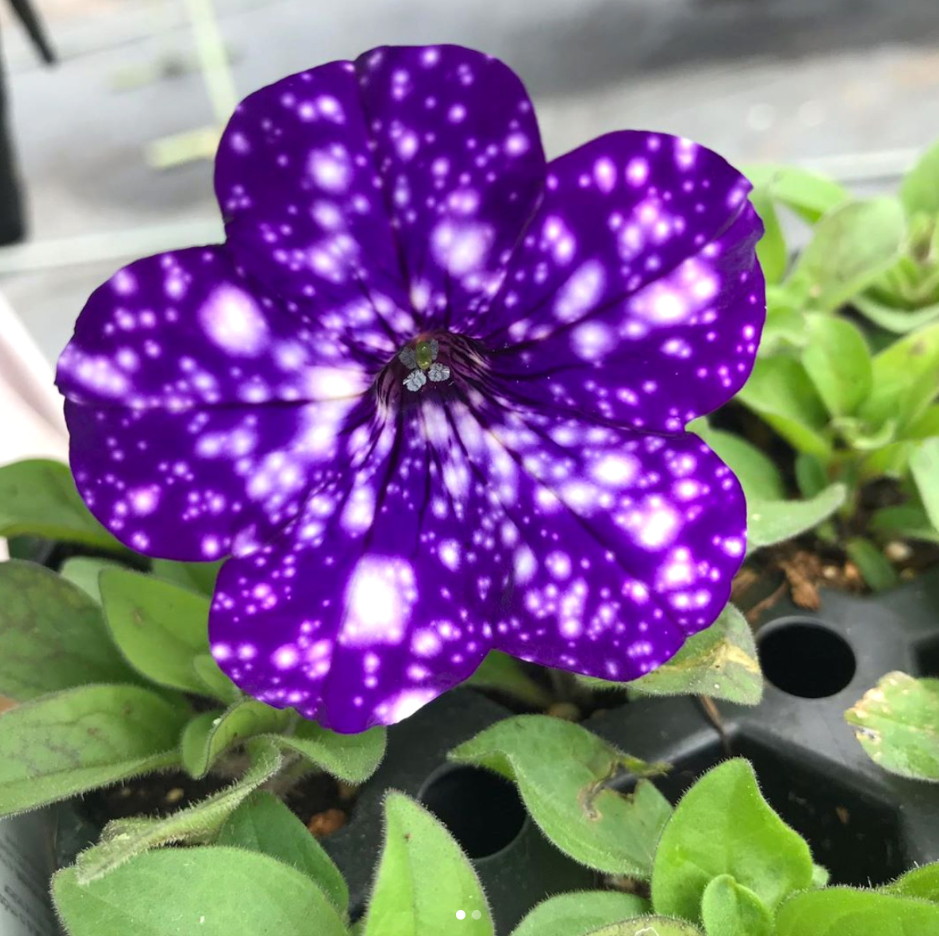
Deformation of flowers may be caused due to severe infestations. Thrips are hidden inside the petunia flowers so it can be difficult to control them. This adds to the reality that they are small enough to get blown off by the wind.
Control and prevention
The best way to control these pests is by using natural pest control agents like insecticidal soap, pyrethrin, or neem oil, as they allow the insects which are organic predators to grow. Whenever you use a pesticide, be it synthetic or organic by following all instructions mentioned on the label. Make sure that you use only a little bit of the pesticide at first. This will help you check if there’s any reaction in the plant. If you see any adverse reaction, you must stop using that pesticide immediately.
Conclusion
So, these are the most common reasons why you may find white spots on Petunia. There can be many other causes too but these are the significant ones. From now onwards, if you find white spots on Petunia, try to figure out the reason from the ones mentioned above and use the proper solution. Regardless of what is the reason, you can get rid of the white spots just by using the right fix. Use the solutions mentioned above and follow the spots properly.

